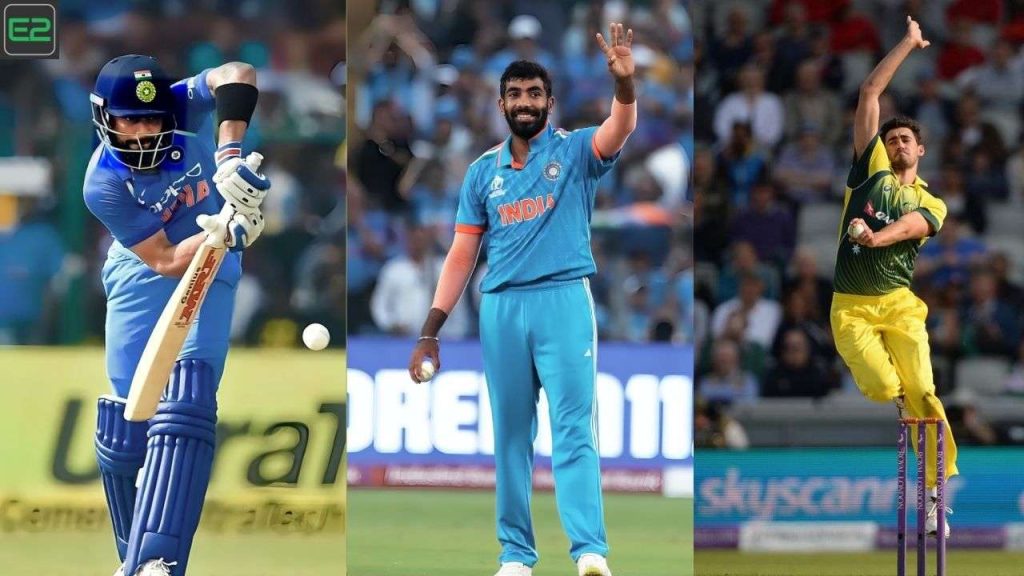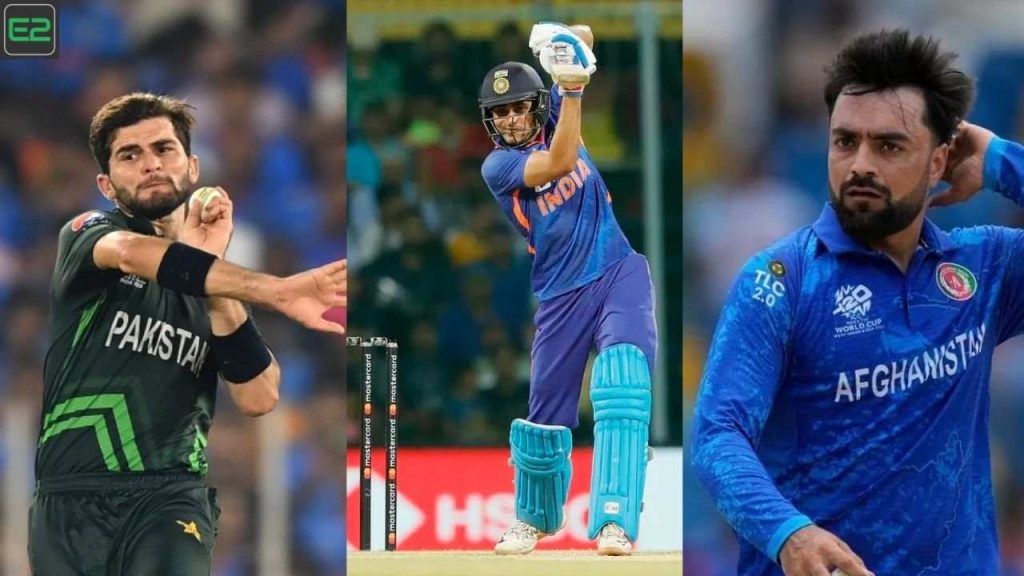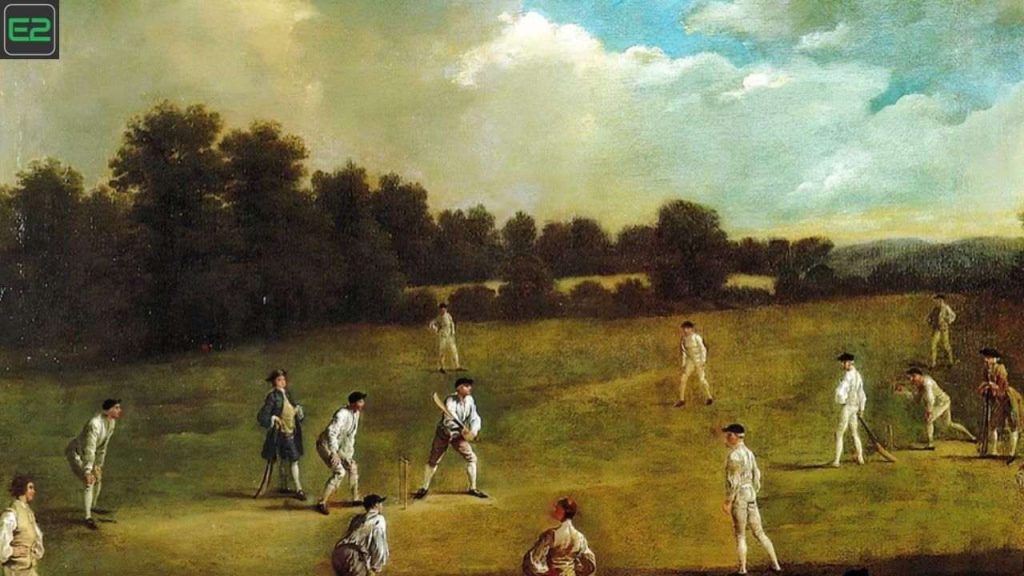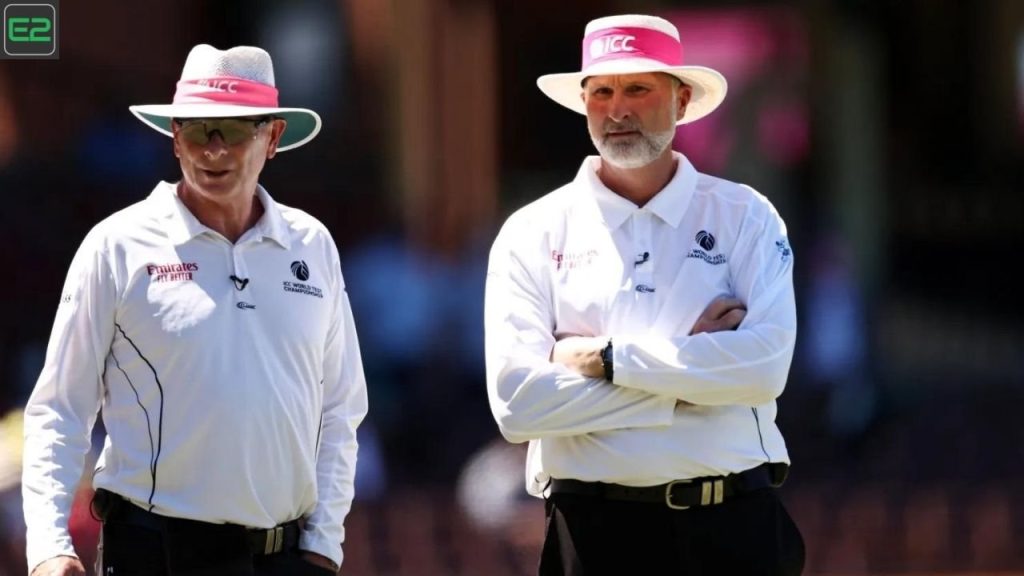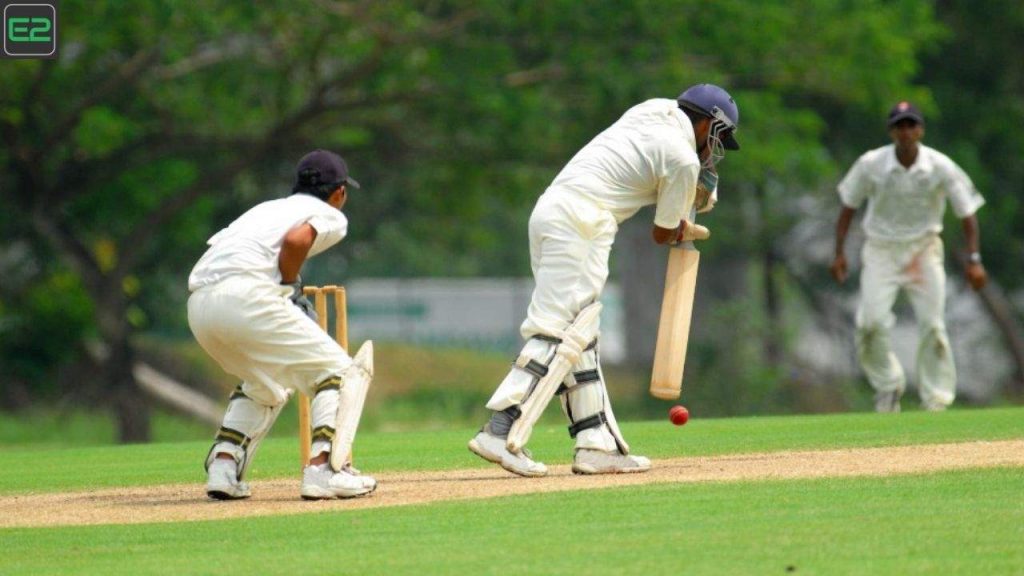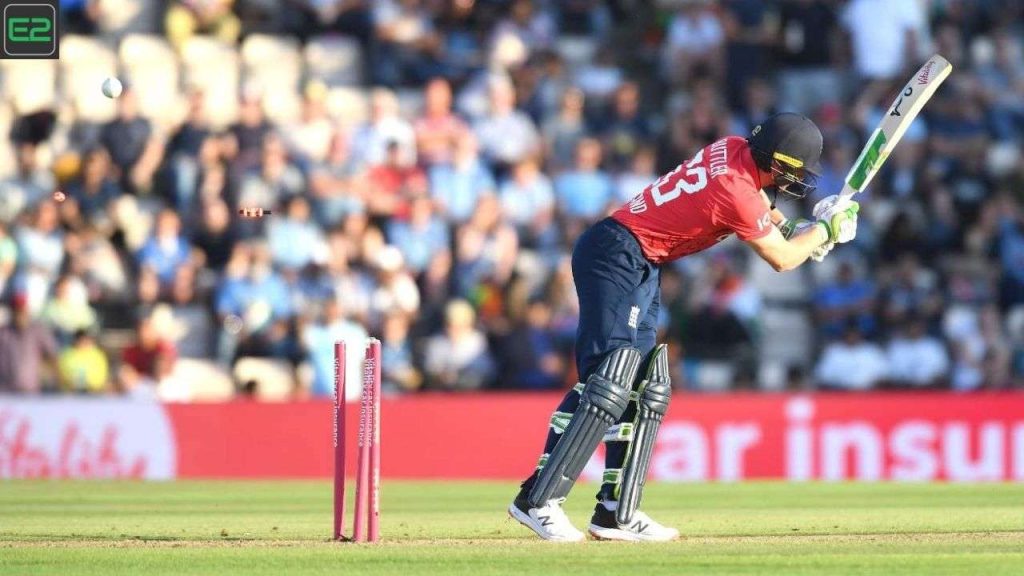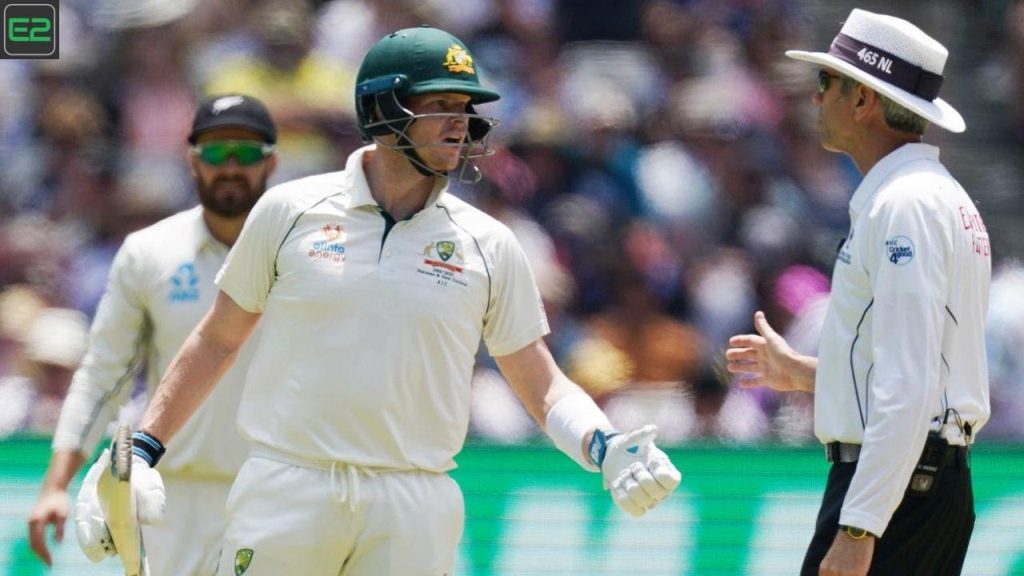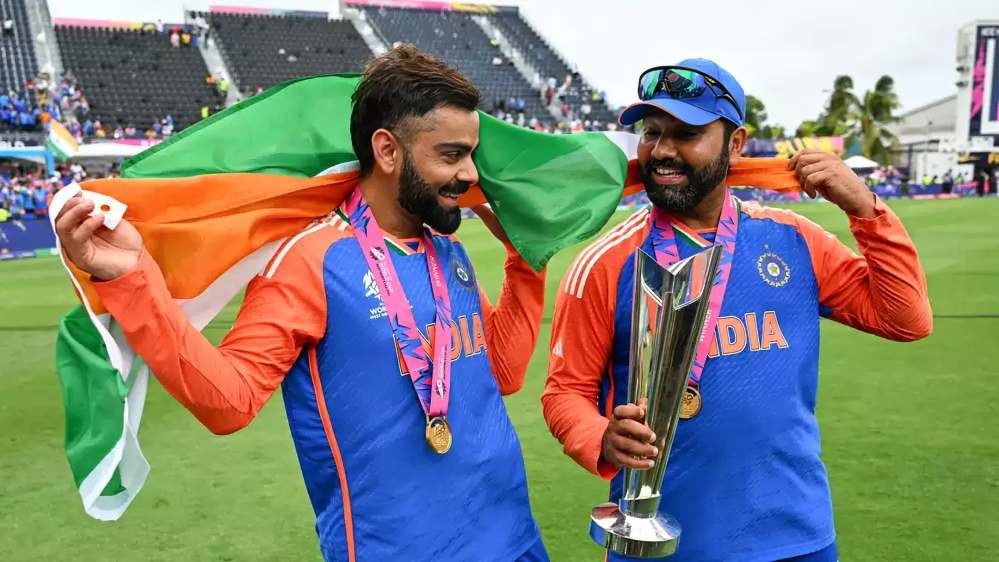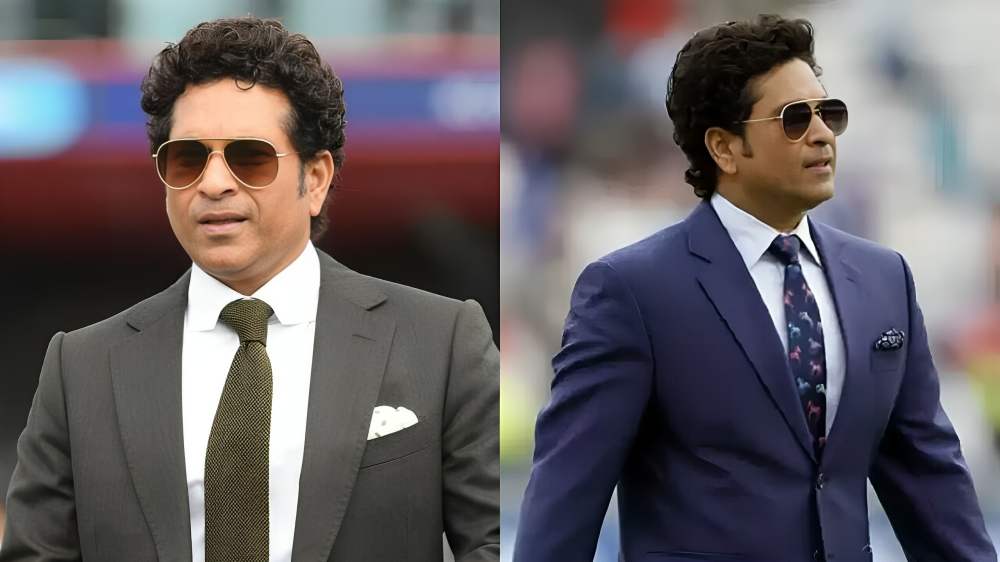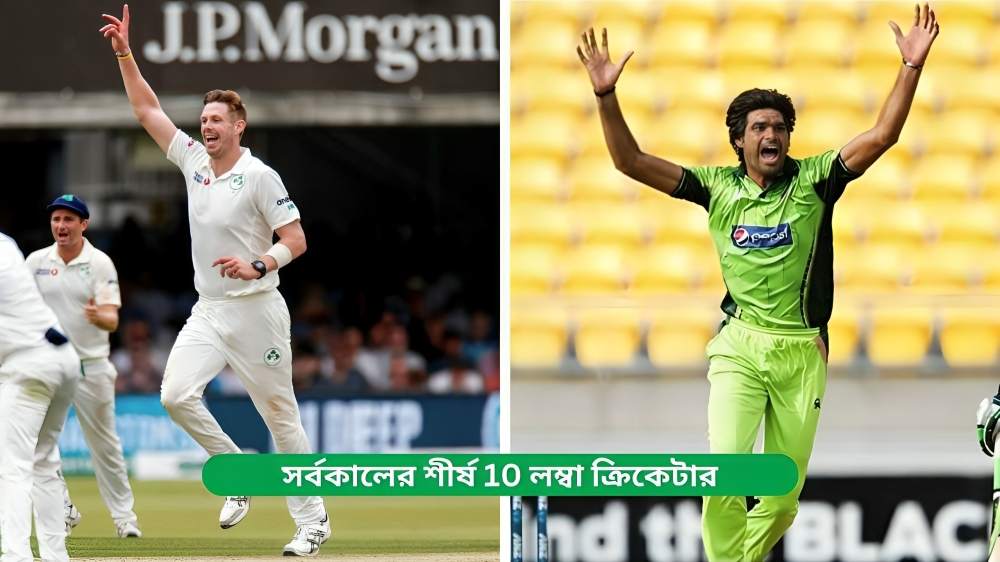The Women’s Big Bash League (WBBL) has emerged as one of the premier T20 competitions for women cricketers around the world. Since its inception in 2015, the league has not only showcased the immense talent of women cricketers but also made strides toward breaking barriers in women’s sports, particularly in leadership roles. One of the most notable developments in the WBBL has been the rise of young leaders who have captained their respective teams at an early age, proving that age is not a barrier to leadership in the competitive world of cricket.
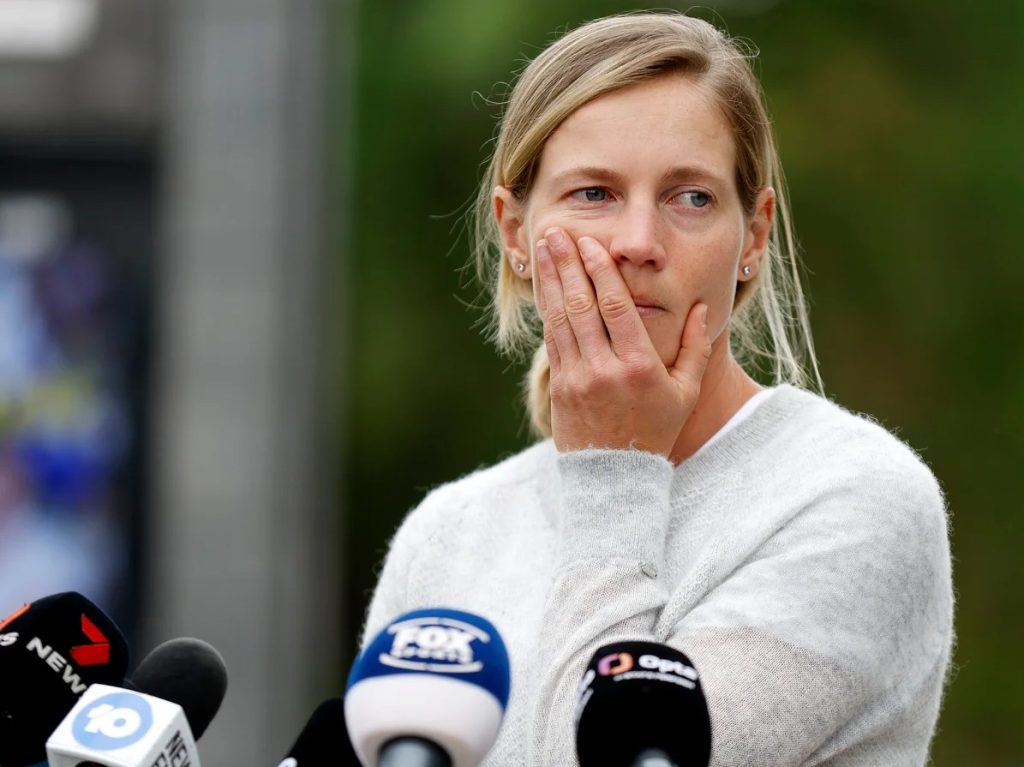
Among these young leaders, Meg Lanning was historically the youngest captain of the WBBL, leading the Melbourne Stars to success in the early seasons. However, a new wave of young leaders has emerged over the years, and with the 2024 season upon us, it’s important to delve deeper into the history of leadership in the WBBL and identify the youngest captain of the competition.
This article explores the journey of the youngest captains in the WBBL, the significance of young leadership, and the impact these captains have made in the league.
The Role Of A Captain In The WBBL
A captain in the WBBL plays a pivotal role in shaping the team’s strategies, leading by example, and maintaining team morale throughout the highs and lows of a season. The role requires a deep understanding of the game, leadership skills, and the ability to make critical decisions in the heat of the moment. In the WBBL, a captain’s leadership is often a crucial factor in determining a team’s success, as women’s cricket in Australia has seen a rise in skill levels and intense competition over the years.
Early Leadership In WBBL: Meg Lanning’s Legacy
Before diving into the current youngest captains, it’s important to understand the historical context of leadership in the WBBL. Meg Lanning, the Australian captain, played a pivotal role in the early years of the WBBL, becoming one of the most successful and popular captains in the league. She captained the Melbourne Stars, one of the strongest teams in the WBBL, and although she was not the youngest captain of the competition, her leadership set the standard for future captains in the league.
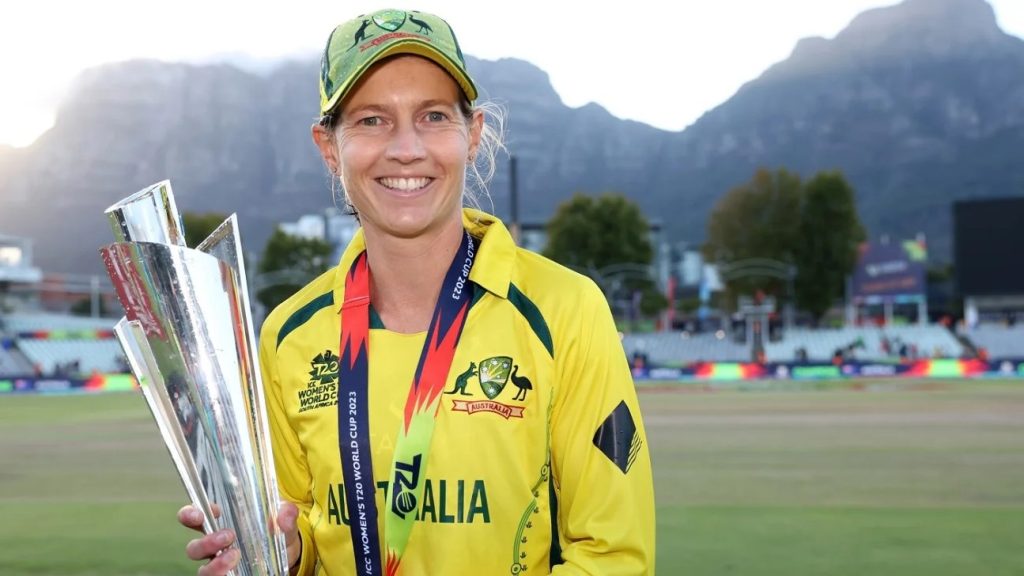
Lanning’s ability to balance aggressive batting with calm decision-making on the field has been crucial in shaping her leadership career. Under her captaincy, the Melbourne Stars reached the final in the first WBBL season (2015-16), which was a major achievement for the team. She also led Australia to numerous victories in international cricket, making her a respected leader both in the WBBL and on the global stage.
While Meg Lanning remains one of the most iconic figures in Australian women’s cricket, the league has seen a growing trend of younger captains taking charge of their teams. These young leaders have not only brought a fresh perspective to the game but have also proven that youth and leadership can go hand-in-hand.
Who Is The Youngest Captain In The WBBL?
As of the 2024 WBBL season, Sophia Dunkley holds the distinction of being the youngest captain in WBBL history. At just 23 years old, Dunkley was handed the responsibility of captaining the Hobart Hurricanes, making her the youngest player to assume such a role in the league’s history.
Dunkley’s appointment as captain was met with excitement, as she is one of the most promising talents in women’s cricket. Her leadership style is described as fearless, dynamic, and forward-thinking, making her an exciting prospect not only for the Hobart Hurricanes but also for the future of Australian women’s cricket.
Her rise to the captaincy is part of a broader trend in women’s cricket, where young players are being given the opportunity to lead their teams at an earlier age, reflecting the changing dynamics of leadership in sports. Dunkley, known for her aggressive batting and sharp cricketing brain, has been a valuable player for the Hobart Hurricanes since she joined the league.
Leadership Journey Of Sophia Dunkley
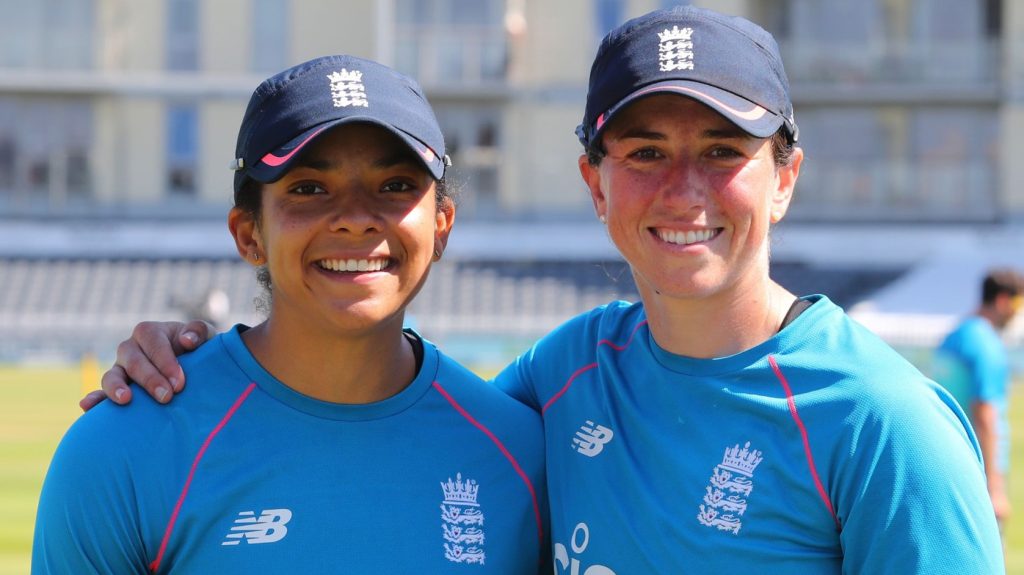
Sophia Dunkley’s journey as a player began at a young age, and she quickly rose through the ranks of domestic cricket in Australia. She became known for her hard-hitting batting style, which suited the T20 format perfectly. Dunkley’s rise was also accelerated by her consistent performances for the Australia U-23 team, which caught the attention of the national selectors.
Her selection for the WBBL was a stepping stone in her cricketing career, and she soon became one of the most promising players in the league. Dunkley’s leadership potential was evident early on, and her calm yet determined nature made her a perfect candidate to take on the role of captain. When the Hobart Hurricanes named her as their youngest-ever captain, it was a clear sign of the faith that the franchise had in her abilities—not just as a player, but as a leader of the team.
Under Dunkley’s leadership, the Hobart Hurricanes have seen an upturn in their fortunes, with the team making steady progress in the league standings. Dunkley’s leadership style is marked by inclusiveness, empowering her players to take ownership of their roles and making bold tactical decisions when required.
Why Young Captains Like Dunkley Are Changing The Game
The appointment of young captains like Dunkley reflects a broader trend in the sporting world, where younger athletes are increasingly trusted with leadership roles. Several factors contribute to this shift:
- Modern Leadership Qualities: Today’s young captains bring qualities that are more aligned with modern leadership styles—focused, collaborative, and adaptive to change. Dunkley, for instance, is known for her ability to adapt quickly to different situations on the field, making her a great asset to her team.
- Improved Access to Training and Experience: With the increasing professionalism of women’s cricket, young players now have access to better coaching, mental conditioning, and leadership training, which helps them hone their skills early on.
- Mentorship and Support: Young captains are often supported by experienced players, both from their team and in the wider cricketing community. This mentorship allows them to develop their leadership abilities quickly, without feeling the pressure of going it alone.
- Increased Representation of Women in Leadership: As women take on more leadership roles in various sports, younger athletes are increasingly being given the chance to prove themselves as leaders. Dunkley’s appointment is a reflection of this larger trend.
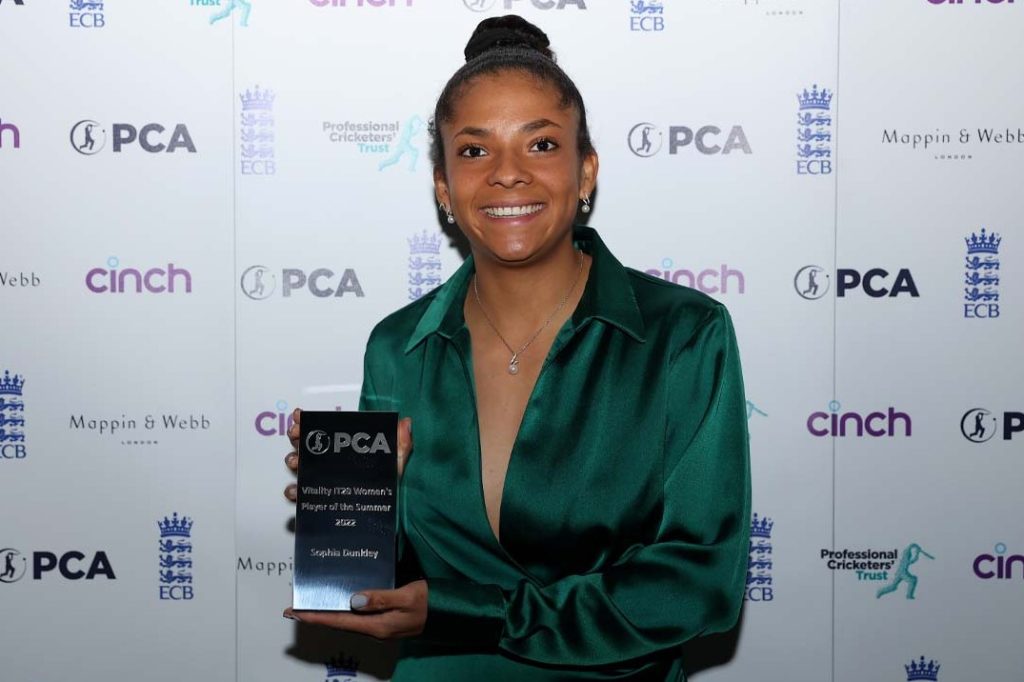
A Look At Other Young Leaders In WBBL
While Sophia Dunkley holds the title of the youngest captain in WBBL history, other players have also assumed captaincy at a relatively young age, setting new standards in the competition. These young leaders have demonstrated their capabilities both on and off the field.
| Player Name | Age at Appointment | Team | Achievements as Captain |
|---|---|---|---|
| Sophia Dunkley | 23 | Hobart Hurricanes | Youngest-ever captain in WBBL, showing leadership potential. |
| Meg Lanning | 23 | Melbourne Stars | Led Stars to the final in the first WBBL season, establishing a leadership legacy. |
| Rachael Haynes | 26 | Sydney Thunder | Guided Thunder to the WBBL final, known for calm and composed leadership. |
| Tahlia McGrath | 24 | Adelaide Strikers | Notable for her aggressive and modern approach to leadership. |
The Impact Of Dunkley’s Leadership On The WBBL
Dunkley’s appointment as the youngest-ever captain brings an exciting dimension to the WBBL. As a young leader, she represents the changing face of women’s cricket, where age is no longer a barrier to leadership. Her innovative approach to the game, combined with her natural flair for leadership, promises to inspire many young girls to pursue cricket and leadership roles.
The impact of Dunkley’s leadership is already being felt within the Hobart Hurricanes, with her growing influence on the team’s success. As she continues to evolve as a captain, her journey could pave the way for more young cricketers to step up and lead in the future.
Conclusion
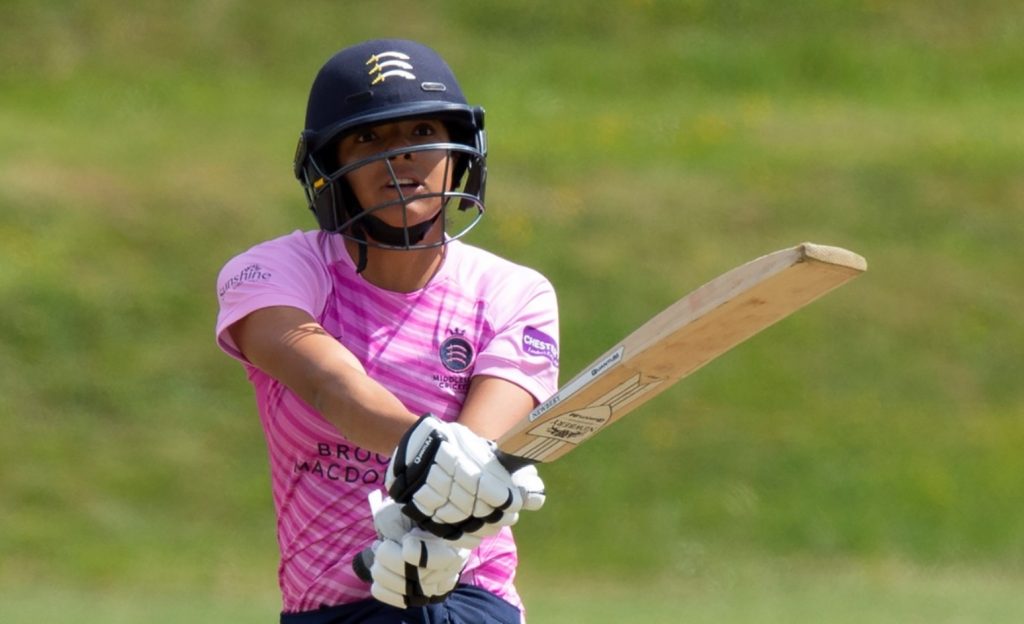
Sophia Dunkley, at just 23 years old, is the youngest captain in the history of the WBBL, marking an exciting chapter for the league. Her appointment reflects the changing landscape of women’s cricket and leadership in general. As Dunkley continues to lead the Hobart Hurricanes with flair and confidence, it is clear that the future of the WBBL is in capable hands, with young leaders ready to shape the next generation of women’s cricket. The rise of Dunkley and other young captains also highlights the increasing opportunities for women in sport, proving that leadership can come at any age.


